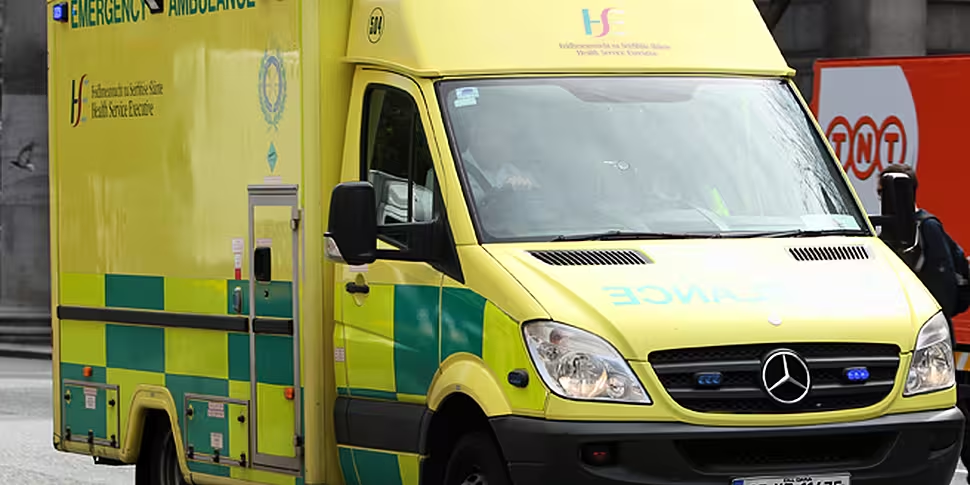Several HSE employees have said the ambulance service is prioritising resources for urban areas at the expense of rural towns, to provide better stats for HIQA targets.
Ambulances from rural towns such as Boyle and Manorhamilton, in Co Roscommon, are often diverted to larger population areas such as Sligo, leaving their own areas without any cover should a call come in.
As all 999 calls, including those for minor injures, are classified as needing immediate response, this can often lead to rural ambulance crews travelling for over an hour to reach a minor incident.
Ambulances from Carrick-on-Shannon were sent to cover an incident in Donegal town in the past month, while trips of 70 miles or more are “a daily occurrence”, according to sources working in the service who spoke to Newstalk as part of the "Your Hospital, Your Health" series.
“If you look at Sligo, Castlebar, Galway you’re probably looking at hitting HIQA targets 90%,” said an advanced paramedic currently working in the ambulance service in Co Mayo.
The higher rates of success in meeting HIQA targets in larger towns is often in correlation with much lower rates in rural areas.
“If you look at the rural areas: Boyle; Carrick-on-Shannon; North Leitrim; North Roscommon; West Cavan, you’re probably looking at 20%,” they said.
“They’re sacrificing the rural areas to get the stats up”.
“There’s somebody making a conscious decision – look we’ll take a chance on it (that) nothing is going to happen in Boyle, there’s a higher chance of something happening in Sligo,” the paramedic said.
The problem has resulted in several rural crews going “on-call” when not actively travelling to or from a patient, to guard against being tasked to travel to cover in other areas.
“The best service provided is when the crew is on-call because they (controllers) won’t call unless it’s an emergency,” they said.
The Department of Health has told Newstalk that the National Ambulance Service (NAS) sets response time targets for emergency cases, off the back of HIQA recommendations.
“These currently involve responding to the most serious call categories within 19 minutes in 80% of cases.,” a spokesperson said.
“The NAS is also developing a range of targets based on patient outcomes, as a better measure of clinical performance. The first of these, for out of hospital cardiac arrests, is now in place,” they added.
“The NAS monitors the level of calls and resources needed in each area on a 24/7 basis, and the level of service in an area may change, based on demand, clinical priority and staff availability.
In January of this year Health Minister Leo Varadkar said the aim of the Government was to provide an ambulance service based on outcomes rather than responses.
The uniform counting of all calls, regardless of the ambulance's point of origin or total distance travelled serves to foster this problem, as it allows stats on ambulance response rates to appear far more effective than they are in reality, the paramedic said.
“If somebody asks: ‘How are you doing on your response times, your targets?’ ‘We’re hitting 80%’,” they said.
“But they’re not breaking down the calls.”
“When they’re being audited ... what it’s not saying is they’re sending that Boyle ambulance to a run in Galway but they’re never going to make it.”
There is also an issue with calls in larger areas being prioritised when they come in as a 999 call, meaning much of the time ambulances are travelling dozens of miles to attend minor incidents.
“It’s Johnny coming out of the pub on Friday evening – it’s the regular guy, 10 minute turnaround, bring them into hospital and drop them off,” the advanced paramedic said.
Ambulance crews in the north-west are calling for a proposed new base at Lough Lynn to be a standalone service – ad not one that will drain resources from already established services.
Services are not jut overstretched but also in some areas chronically underfunded, with the ambulance crew in Boyle furnishing their own depot, including tiling and providing a sofa and TV.
The ambulance service in Roscommon was one of the focuses of Wednesday’s report in the Your Hospital, Your Health series on The Pat Kenny Show, and you can listen to it below









